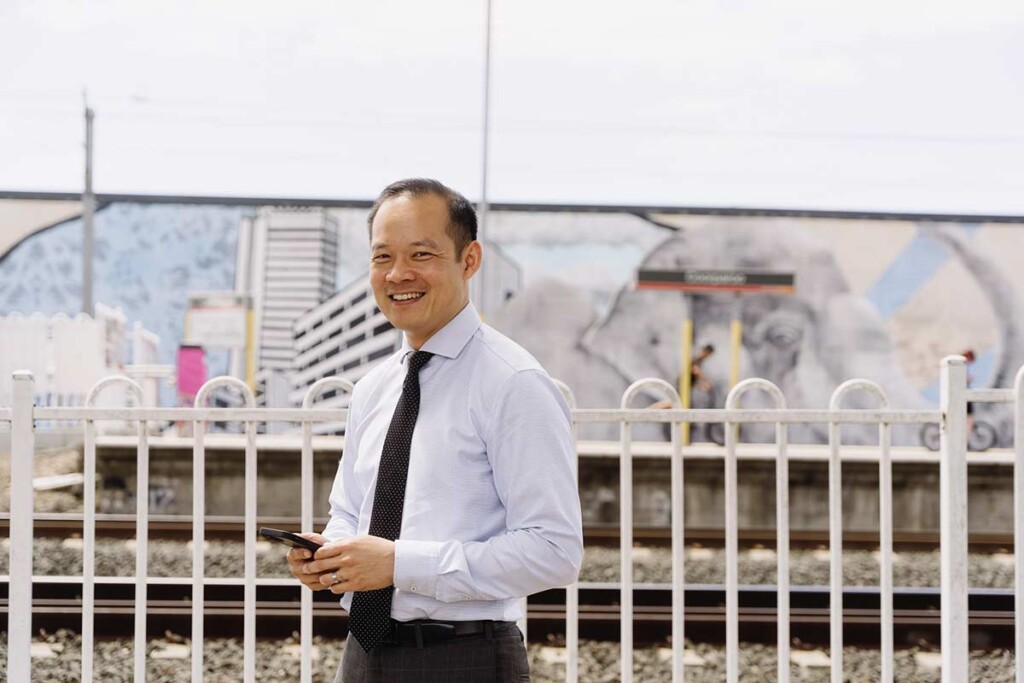The Housing Price Index is the percentage change in the median price of property across a specific time frame. Basically, it measures whether property prices are going up or down across a time period. It’s one of the commonly used indicators when it comes to talking about the state of the economy, so I’m sure you’ve come across it before.
I want to touch on what’s been happening with the housing price index over the last year or so, taking into account the last measurement done by CoreLogic at the end of April. The property market is showing no signs of slowing down – let’s take a look at the stats involved and then examine some of the reasons why this is the case.
The State of the Market
According to CoreLogic, at the end of April property across Australia rose by an average of 0.6%, and is showing no signs of slowing down. What’s truly astonishing about this is it’s the fifteenth month in a rose the index has gone upwards. The national median dwelling cost now sits at $779,819, a rise that has defied record-breaking increases in interest rates across the same time period.
How does Brisbane fit into this? In April we saw a 0.9% increase in our median housing prices, which is the first time in 12 months this has been below 1%. That’s pretty solid gains for over a year now, with our annual increase sitting at 15.9%. The average price of a house in Brisbane is $920,046 and a unit is $600,215, while our median value for all properties is $827,822.
This places our median home value at a higher point than Melbourne’s, which is $783,261. We’re still a bit off market leader Sydney though, where a property will set you back on average $1,145,931. That’s not a bad thing for our local housing market, as you’ll find out below.
Why the Continued Upward Trajectory?
The real estate market, like any other market around the world, is determined by supply and demand. It’s as simple as this – if demand is outstripping supply, prices will rise. And demand is high.
Why?
Well for a start we have massive net migration figures. In the period up to September 2023, we were welcoming 2000 migrants a day, with our population increasing by 659,800 in that period. That’s a huge number, and those people all need somewhere to live.
Therein comes the supply issue – there simply aren’t enough places for them to live, whetehr they are renting or buying. Capital cities such as Brisbane are in the midst of a rental crisis, with soaring rates and a lack of homes on the market meaning there aren’t enough places to rent out. There aren’t enough homes for sale on the market either – there are plenty of buyers and the listings aren’t there to satisfy the demand. Increased demand means upward pressure on prices.
To compound this, building approvals in Australia are at a significant low. We’re at the lowest annual rate since March 2013, so new homes aren’t being built at a rate to satisfy the migration influx. The rising cost of raw materials and inputs has seen an increase in the cost of new homes, effectively placing them out of the reach of many buyers. This means the price of established homes also increases, as those buyers look to purchase other properties.
Is it a Good Time to Sell?
We always say that the best time to sell is the time that’s right for you and your family. If its time for you to move on to the next chapter, then that’s the time to sell, regardless of what the market is doing. A good agent will make it work for you.
At the moment, there are lots of buyers out there. You still need an agent who can place your listing in front of as many of them as possible. If you’re in Brisbane and you’re thining of selling, get in touch with me and my team. We have a proven method of bringing your house to auction that has been successful regardless of location, from Wishart to Thornlands and Enoggera. We’d love to put it to work for you and give you some peace of mind during what can be a turbulent time.
Let’s start planning your next move. Get in touch today.




